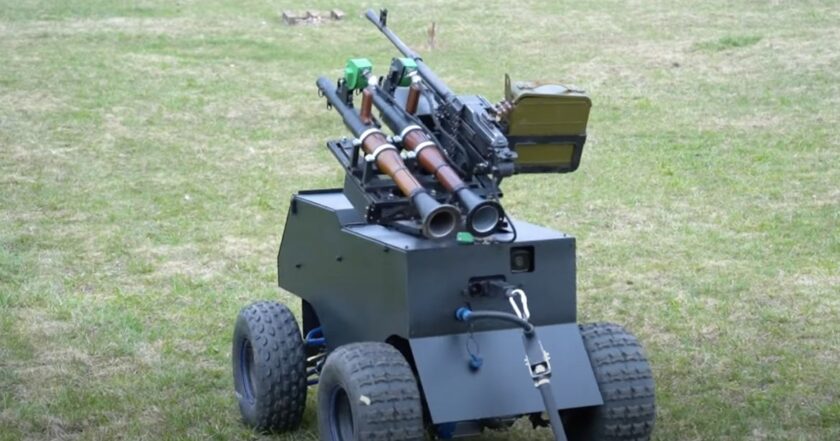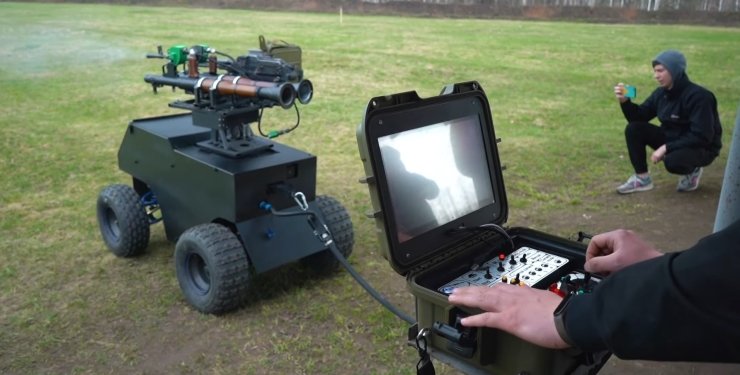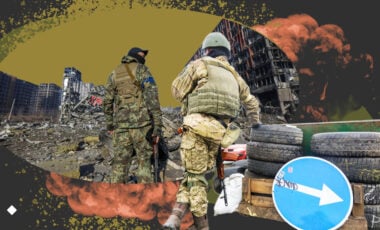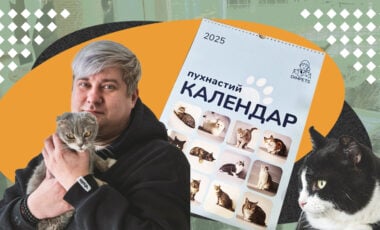Solutions to win: Sumy engineers develop remote-controlled combat robot to aid Ukraine's armed forces

Photo: Video screenshot
Engineers from the city of Sumy have created a combat robot-"hunter" with remote control, which will be able to help the Ukrainian military during a counteroffensive.
People's deputy Ihor Molotok said this on the "Edyny Novyny" telethon.
What is the problem?
Over the past several months, much discourse has been devoted to the prospect of a counteroffensive by the Ukrainian armed forces. The military, the General Staff, and the Ukrainian authorities share this desire. However, the President has indicated that there is still a need for various weapons, equipment, and ammunition to be made available.
"Talking with the military on the front line, we discussed various problematic issues and discovered that our defenders need remotely controlled support equipment. At one time, we discussed this idea with the legendary "Da Vinci," the Hero of Ukraine, and his comrades," – the member of parliament, Ihor Molotok, said.
What is the solution?
Partner countries, as well as volunteers, charitable organizations, and simple Ukrainian engineers, joined in providing all the necessary weapons.

Photo: Screenshot from the video
So in the city of Sumy, specialists created a combat robot-hunter. The creators hope its use will help save soldiers' lives on the front line during a counteroffensive.
How does it work?
It is known that the iron "soldier" assistant can drive from 5 to 12 minutes and has its own arsenal of weapons.

Photo: TSN
It has a machine gun that engages a target at a distance of 1500 meters. Also, the robot is equipped with a thermal imaging sight and is invisible to Russian electronic warfare devices.
The robot has already passed the test. The ground forces commander of the Ukrainian army Oleksandr Syrskyi even managed to inspect it. The fire complex coped well with the assigned tasks.

Photo: TSN

Photo: TSN
For reference:
Earlier, Rubryka wrote that a robotic assistant was developed for Ukraine's armed forces capable of conducting reconnaissance and evacuating casualties.
Two volunteers, Volodymyr Mussur and Roman Borynets from Broshniv–Osada in the Ivano–Frankivsk region, are devising a ground–based drone to evacuate wounded soldiers.
This radio–controlled device can reach speeds of up to 20 kilometers per hour and can bear a load of at least 150 kilograms.



















































